Mazda CX-3
Mazda debuts the 2016 Mazda CX-3 at the 2014 Los Angeles Auto Show. The new compact crossover SUV is the fifth model in Mazda’s line-up of new-generation vehicles that feature the full range of SKYACTIV Technology and KODO—Soul of Motion design. The CX-3 offers all the essentials people look for in a vehicle; a design of overwhelming quality and style, packaging developed solely with the customer’s ease-of-use in mind, and the responsive driving feel that Mazda strives for in every model.
In pursuing a design of beauty and sophistication, the essence of KODO—the expression of life within a vehicle—has been evolved to produce a sharper form with an enhanced sense of speed. In the interior, meticulous attention to detail regarding the materials used has created a cabin environment of impressive sophistication and quality. In terms of driving performance, the CX-3 adopts the full suite of SKYACTIV technologies, carefully crafted to match human sensibilities. This realizes driving pleasure with faithful response as well as excellent environmental and safety performance.
The powertrain for North America is the SKYACTIV-G 2.0-liter gasoline engine, which along with Mazda’s new-generation AWD system delivers powerful and linear driving performance and outstanding environmental performance. To enhance the customer’s driving pleasure, the model also offers a wide range of Mazda’s latest technologies, including the Mazda Connect infotainment system and i-ACTIVSENSE advanced safety features.
With Mazda’s latest design and technology, the Mazda CX-3 is a vehicle to suit the customer’s creative lifestyle in any scene, from inner-city driving to enjoying the great outdoors. The model will go on sale globally, starting from Japan in spring 2015 and is expected to become a new core model in Mazda’s line-up.
Design
Pursuing sophisticated beauty with the latest iteration of KODO
The CX-3 design pursues beauty and sophistication, while expressing Mazda’s KODO design language in the most stylish fashion. Its powerful and highly vital form creates a pure expression of the vehicle Mazda’s designers themselves wanted, one that is not fettered by conventional classifications of vehicle type. The design team worked to create a straight expression of beauty and radical styling for the exterior. Achieving this involved an uncompromising approach to refining the proportions that form the foundation of its beauty and painstaking efforts to eliminate every unnecessary element. For the interior as well, a concerted effort to achieve the appropriate expression to the ambience and fine textures of the materials used realizes a high-quality, sophisticated cabin environment.
Exterior
The front view of the CX-3 is designed to present a bold look that suits the model’s stylish proportions. The front grille stacks seven fins with silver-painted front edges to create an expression of concentrated energy that flows horizontally. The signature wing is stout and three-dimensional, as if machined from solid metal. It forms the starting point for a powerful sense of speed that flows across the entire body.
The headlamp layout positions the turn signals outside the main headlamp unit to create a narrow, sharp design suggesting eyes gazing forward. The tips of the signature wing extend into the headlamps with an integrated LED illumination line. This connects seamlessly with the lighting signature that surrounds the low beams, accentuating the model’s taut expression.
With the peak of the front fenders pushed rearward to lie beneath the base of the A-pillars, the side view of CX-3 conveys a sense of extended body size, far greater than the vehicle’s actual dimensions. Careful attention was devoted to creating the rich expression and subtle changes in each of the body surfaces for the following three sections. The front half of the body features a long nose with a flowing shape; the cabin section presents a sleek look achieved by blacking out the D-pillars; and the solid mass at the rear of the body conveys a look of strength and power.
The license plate is located in the upper part of the rear bumper to realize a short overhang design that gives the rear a clean look and powerful sense of solidity.
The CX-3 introduces a newly developed Ceramic Metallic body color. Its expression of a finely honed metallic surface and strong sense of hardness changes in appearance depending on the light hitting it.
The CX-3 adopts large diameter tires that lend an appealing sense of a powerful drive and positive stance. Optional 18-inch aluminum wheels feature thick, sculpted spokes painted gunmetal gray and contrasted with the brilliant sheen of machined metal.
Interior
The interior gives a high-quality and sophisticated feel coordinated with the exterior design. Keen attention was paid to every detail, including the cohesiveness of the spatial designs and the quality of materials used. The surrounding character line and relatively high beltline, along with the deeply sculpted three-dimensional form of the door trim, create a comforting sense of snugness and openness for the front seat space.
All information displays and control systems are positioned in accordance with a driver-oriented design based on Mazda’s Heads-up Cockpit concept.
The soft material that covers the meter hood features a stitch-like finish on its front edge, producing an atmosphere of maturity.
Each individual part has been refined to provide the interior with a polished, high-quality feel. Examples includes the dark red accent color used on the door trim armrests and floor console kneepads, and the sharp form of the inner door handle bezels which look as if they were sculpted from solid metal.
Fine piping carefully added where the different coordinated seat materials meet, such as the Parchment leather and off-black Lux Suede offering, produces a sophisticated environment.
Packaging
Human-centric packaging aimed at true ease of use
In addition to applying the latest iteration of the KODO design language to realize stylish proportions, CX-3 development also secured an adequate amount of space. The aim was to achieve a package that properly represents Mazda’s vision of what a vehicle should be. As a result, the CX-3 offers ease of use that is unique to its crossover SUV packaging. It provides drivers with the clear view they need, is easy to enter and exit, and realizes a seating position with a low center of gravity that lends a reassuring sense of confidence when driving. It also adopts the advanced Mazda Connect connectivity system, which supports the customer’s active lifestyle.
Dimensions, comfort and ease of entry/exit
With dimensions of 168.3 in. overall length, 69.5 in. width and 61 in. height (when equipped with the shark fin antenna and unladen), the body size makes the CX-3 easy to handle, even when driving in town or parking. The long nose has a 35.8 in. front overhang (measured from center of wheel), the solid-looking rear overhang is 31.3 in., and the wheelbase is 101.2 in. This establishes flowing proportions while securing adequate space for comfortable seating.
The front seats provide excellent shoulder room, distance between the two front seats, and legroom to comfortably seat occupants of any size.
The seating position of the rear seats is set closer to the center of the cabin than the front seats, and the hip-point is set taller than on the front seats. The resulting layout makes it easier for rear seat occupants to see out of the front and also to enjoy conversation with people sitting diagonally opposite in the front seats. The hip-point for the CX-3 is optimally set for both front and rear seats. It combines with the meticulously executed side sill garnish structure and shape of the lower part of the rear doors to achieve excellent ease of cabin entry and exit for people of any size.
Driving position
An optimal driving position allows the driver to enjoy driving while appreciating a clear view, and to drive with a feeling of confidence.
The CX-3 provides a wide field of vision out the front. At the same time, mounting the outer mirrors on the body panel of the doors widens the field of vision between the front window and mirror. To maximize visibility to the rear, the height of the rear part of the beltline and position of the C-pillars are carefully designed and quarter windows adopted.
Positioning the front wheels forward and optimizing the shape of the pedals and the distance between them realizes an optimal driving position that enables the driver to sit comfortably, extend their legs and reach the pedals more naturally. A hinged organ-type accelerator pedal is used.
Great effort went into achieving optimum positioning of each control device. Meticulous adjustment of the shift knob’s positioning on top of the floor console allows the driver to transfer their hand smoothly between it and the steering wheel, and to operate it smoothly and easily without applying excessive force. The commander control features a palmrest that promotes operating stability.
An optimized structure for the seatbacks and seat cushions, as well as for the shape and firmness of the seats, combines with vibration-absorbing urethane foam material employed by the seat cushions and seatbacks to achieve a comfortable ride with an excellent fit and hold. The extended seatback length of the rear seats makes the seats feel roomier.
Human-Machine Interface (HMI) and connectivity system
Mazda’s new-generation HMI pursues safety as its top priority. The cockpit design is based on the Heads-up Cockpit concept, which aims to help drivers process large amounts of information while maintaining the correct driving position and concentrating on driving safely.
Information the driver requires and the devices for controlling its display are optimally positioned for safety. This includes the Active Driving Display, seven-inch center display and commander control.
Mazda Connect is an in-car infotainment system that makes it safer and easier to take advantage of functions such as internet connectivity and communications, even when on the move. It provides great convenience by providing services that require Bluetooth connectivity, such as hands-free phone operation, reception of short text messages, and internet radio including Aha by HARMAN.
Driving Dynamics
Dynamic performance that provides unrestricted driving enjoyment
Mazda is in constant pursuit of driving pleasure and faithful response to the driver’s will. Having the vehicle respond exactly as expected to the driver’s actions connects directly to the pleasure of the Jinba-Ittai driving experience and cannot be achieved merely with power and speed. Based on this philosophy, the CX-3 development team focused on delivering ease of handling on city streets, reassuring confidence on the highway, and particularly on faithful response when negotiating gently curving rural roads. By fully adopting SKYACTIV Technology and tuning all the characteristics to match human senses, Mazda produced light, linear response to the driver’s actions along with the handling stability that the Jinba-Ittai experience requires. The powertrain offering for North America is Mazda’s SKYACTIV-G 2.0. Also introduced is a new-generation AWD system. Powerful dynamic performance with linear response and excellent environmental performance provides unrestricted driving enjoyment.
Chassis and body
The CX-3 adopts the SKYACTIV-CHASSIS, which delivers reassuring confidence and greatly enhanced levels of comfort thanks to thoroughly revised suspension and steering functions. Fine-tuning of every related component realizes natural response, ease of control and reassuring confidence, even when driving on the highway.
The chassis employs a lightweight torsion beam rear suspension system that features highly efficient packaging and dampers in the front and rear that optimize friction characteristics to deliver linear handling characteristics and ride comfort with a feeling of high quality.
The steering system allows light and agile handling in the city, but feels stable on winding country roads and the highway.
The brake system enables excellent control of vehicle speed at low- to mid-speeds and offers excellent braking performance under high-speed and high G force conditions.
The CX-3 also adopts Mazda’s SKYACTIV-BODY, which achieves high levels of performance in three seemingly contradictory areas: collision safety, weight reduction, and rigidity. Realizing an even simpler layout of Mazda’s SKYACTIV-BODY architecture, it combines effective positioning of high-tensile steel and optimized cross section shapes to produce a lightweight body that features high rigidity and a sense of positive damping characteristics. The usage ratio of high-tensile steel throughout the vehicle body and parts is 63 percent. The usage ratio of ultra-high-tensile steel (780MPa or higher) is 29 percent and four percent of the total is rated 1,180 MPa.
NVH and Aerodynamic Performance
Excellent quietness is achieved through controlling suspension resonance, tuning the shape and hardness of the engine mounts and adjusting their position, and optimally positioning sound insulating and absorbing materials. For the AWD model, additional measures were taken to reduce noise and vibrations and suppress their transmission through the vehicle body. These include reinforcements added to the crossmember that connects the rear frame and optimization of the shape of the beading used on the spare tire pan.
Simulations using advanced Computational Fluid Dynamics allow aerodynamic parts to be place in the most strategic locations for optimal efficiency. This helps to achieve excellent aerodynamics that contribute to both driving performance and improved fuel economy.
Powertrains
For North America, the CX-3 will use the SKYACTIV-G 2.0 gasoline engine which delivers linear, powerful driving performance and excellent real-world fuel economy.
The CX-3 features an automatic transmission as standard equipment on all trim levels. The SKYACTIV-DRIVE six-speed automatic transmission achieves excellent fuel economy, a direct feel similar to that of a manual transmission, and smooth and powerful acceleration.
The new-generation AWD system employing an active torque control coupling first used on the Mazda CX-5 is available to achieve excellent drivability and vehicle stability. It employs a world’s first* front wheel slip warning detection system, which employs sensor signals to accurately monitor the driver’s intentions and constantly changing driving conditions. In addition, the CX-3 uses a newly developed power take-off and rear differential that is compact and light in weight.
*As of October 2014, according to in-house data.
Safety
World-class safety underpins the pleasure of driving the CX-3
Based on Mazda Proactive Safety, every effort is dedicated to minimizing the risks that can lead to an accident and maximizing the range of conditions in which the driver can drive safely and confidently. Active safety measures to help identify potential risks early on and reduce any chance of damage or injury include the adoption of Mazda’s i-ACTIVSENSE advanced safety technologies. These enable the driver to enjoy every outing, whether driving on city streets, on the highway, or on winding roads. Passive safety features build on Mazda’s high-strength SKYACTIV-BODY. Dedicated effort went toward providing occupant safety, including the seatbelts and airbag system, and also toward helping protect pedestrians. The result is truly excellent safety performance, and the Mazda CX-3 is fully capable of earning high-level ratings in collision tests around the world.
Active safety
Adoption of Mazda’s i-ACTIVSENSE advanced safety technologies, which use sensing devices such as milliwave radar, ensures the driver can enjoy safe driving in any scene, whether driving on city streets, on the highway, or on winding roads.
Passive safety
The CX-3 employs Mazda’s high-strength SKYACTIV-BODY, which effectively absorbs impact energy from any direction to suppress cabin deformation. This delivers collision safety performance capable of earning high-level ratings in tests performed by organizations in different regions.
A variety of safety equipment and mechanisms are employed to protect occupants in the event of an accident. This includes an SRS airbag system, a front seat structure that firmly supports the occupant’s head, and door armrests designed to absorb impact energy.

 \n
\n
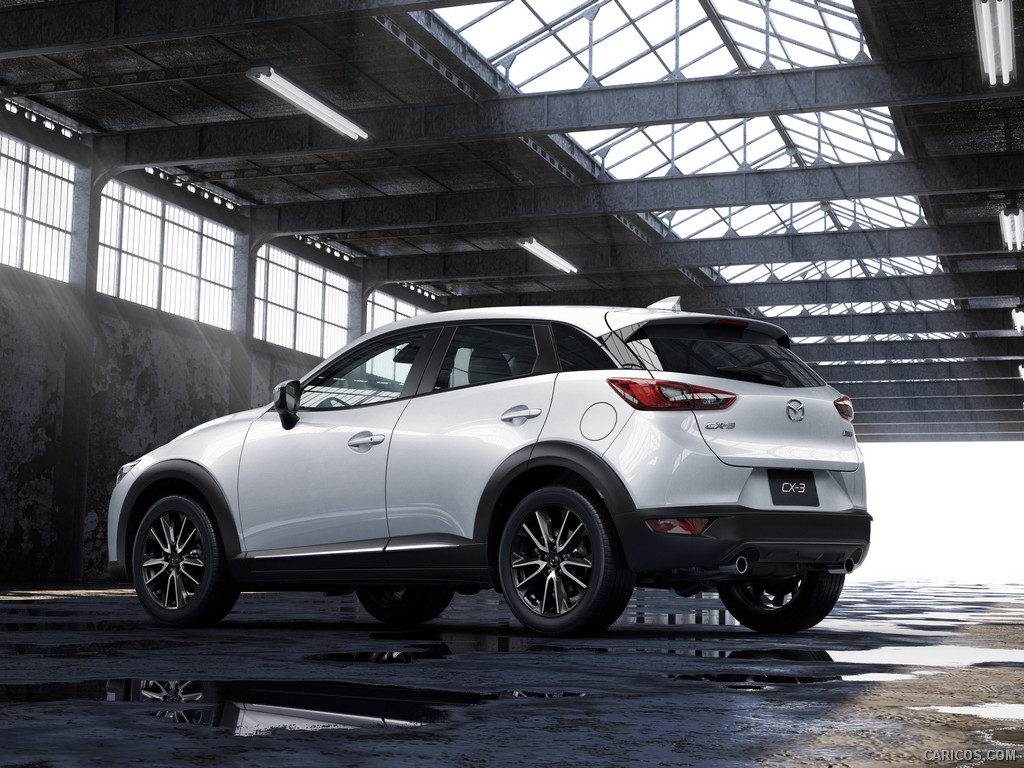 \n
\n
 \n
\n
 \n
\n
 \n
\n
 \n
\n
 \n
\n
 \n
\n
 \n
\n
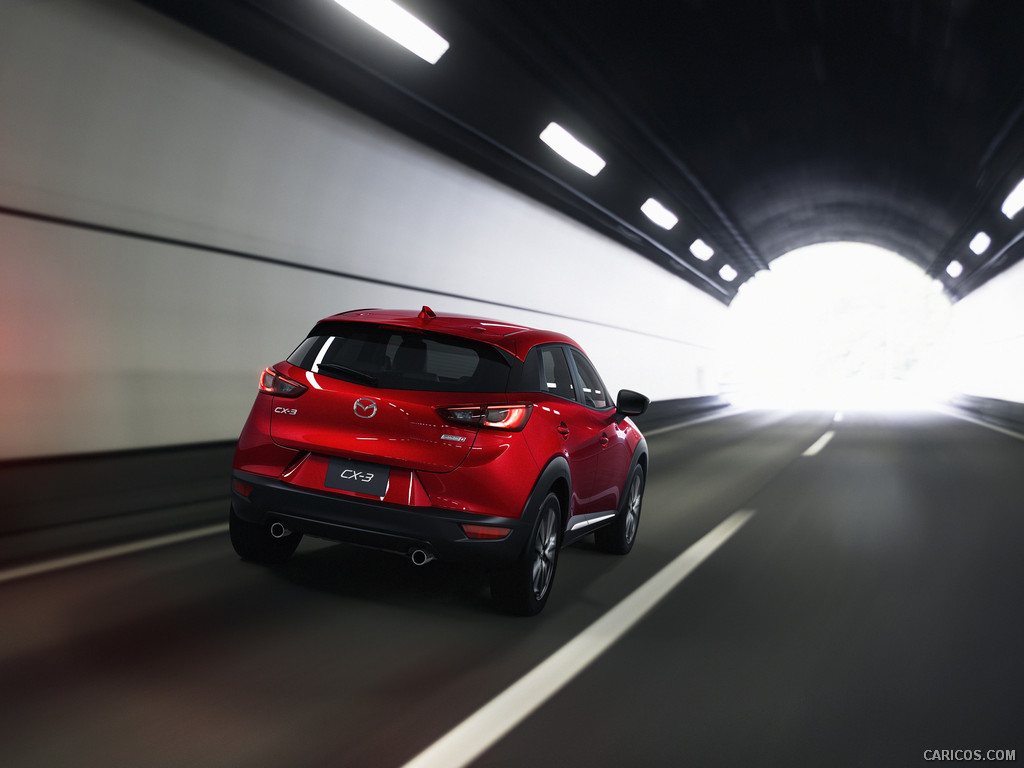 \n
\n
 \n
\n
 \n
\n
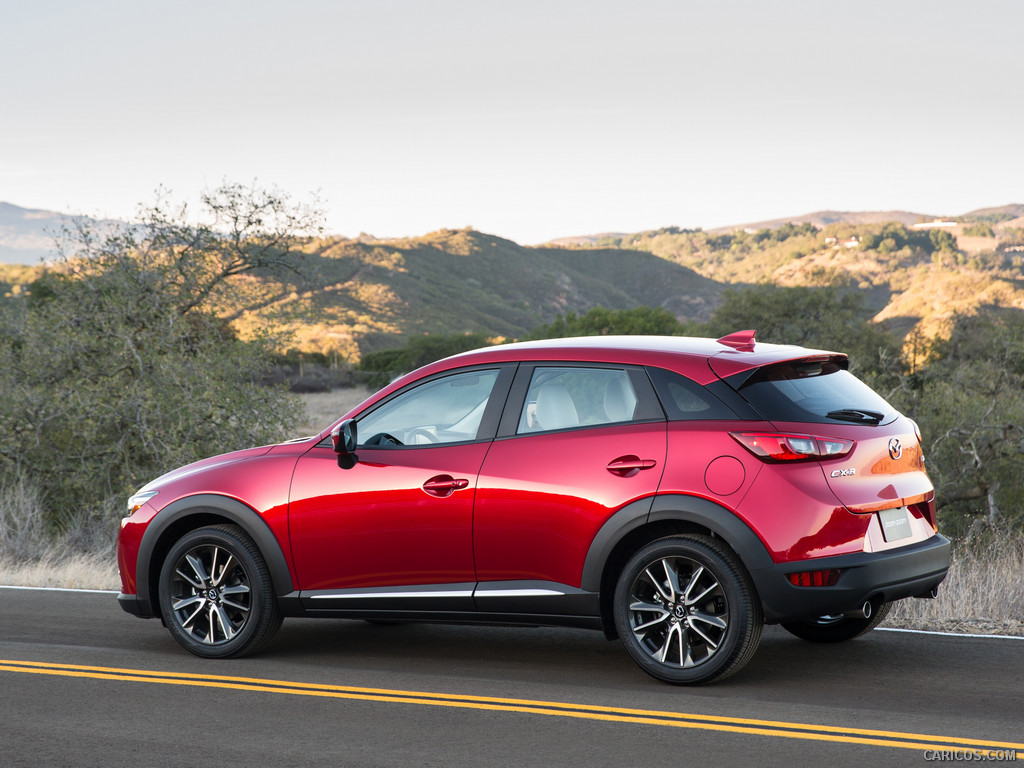 \n
\n
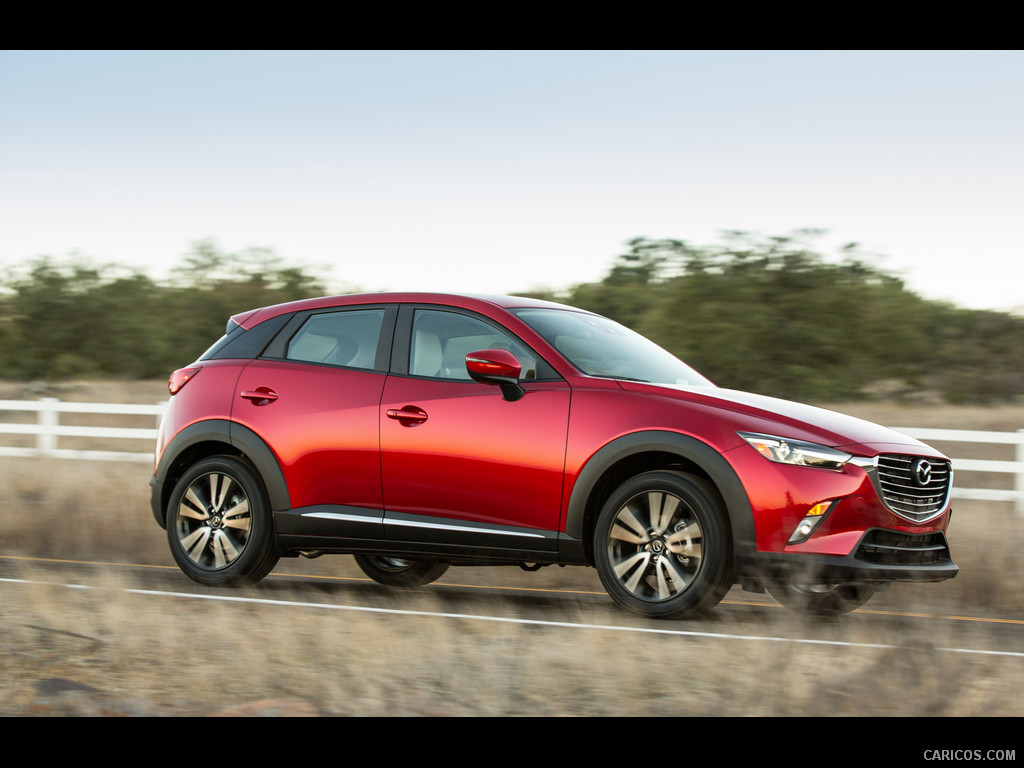 \n
\n
 \n
\n
 \n
\n
 \n
\n
 \n
\n
 \n
\n
 \n
\n
 \n
\n
 \n
\n
 \n
\n
 \n
\n
 \n
\n
 \n
\n
 \n
\n
 \n
\n
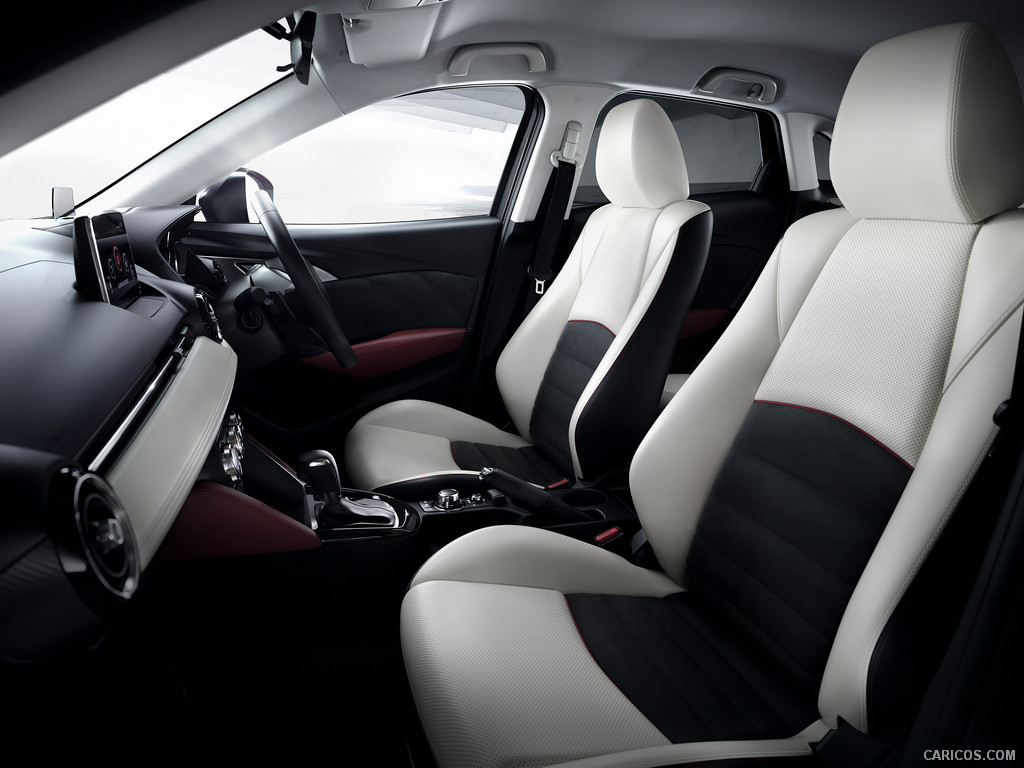 \n
\n
 \n
\n
 \n
\n
 \n
\n
 \n
\n
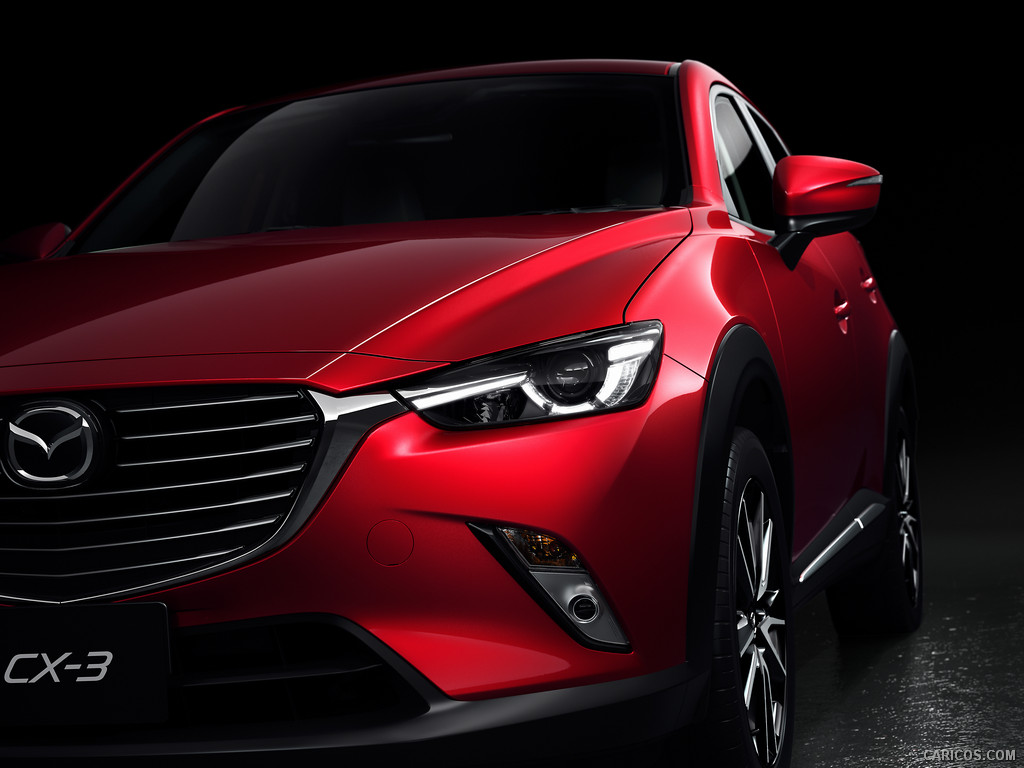 \n
\n
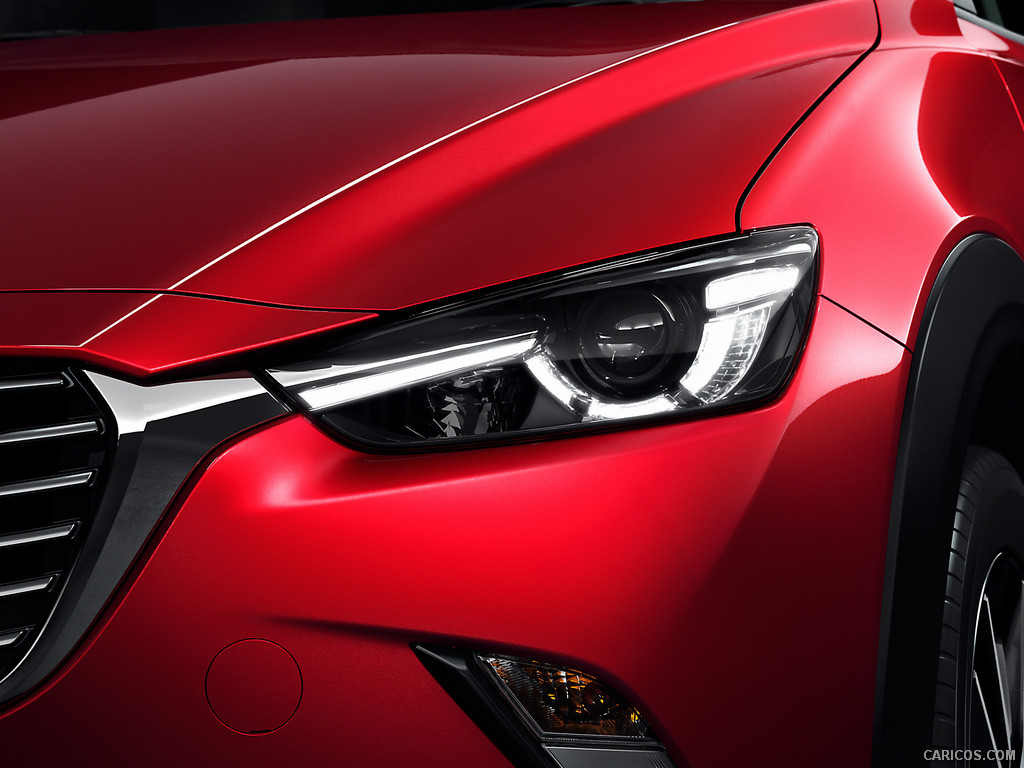 \n
\n
 \n
\n
 \n
\n
 \n
\n
 \n
\n
 \n
\n
 \n
\n
 \n
\n
 \n
\n
 \n
\n
 \n
\n
 \n
\n
 \n
\n
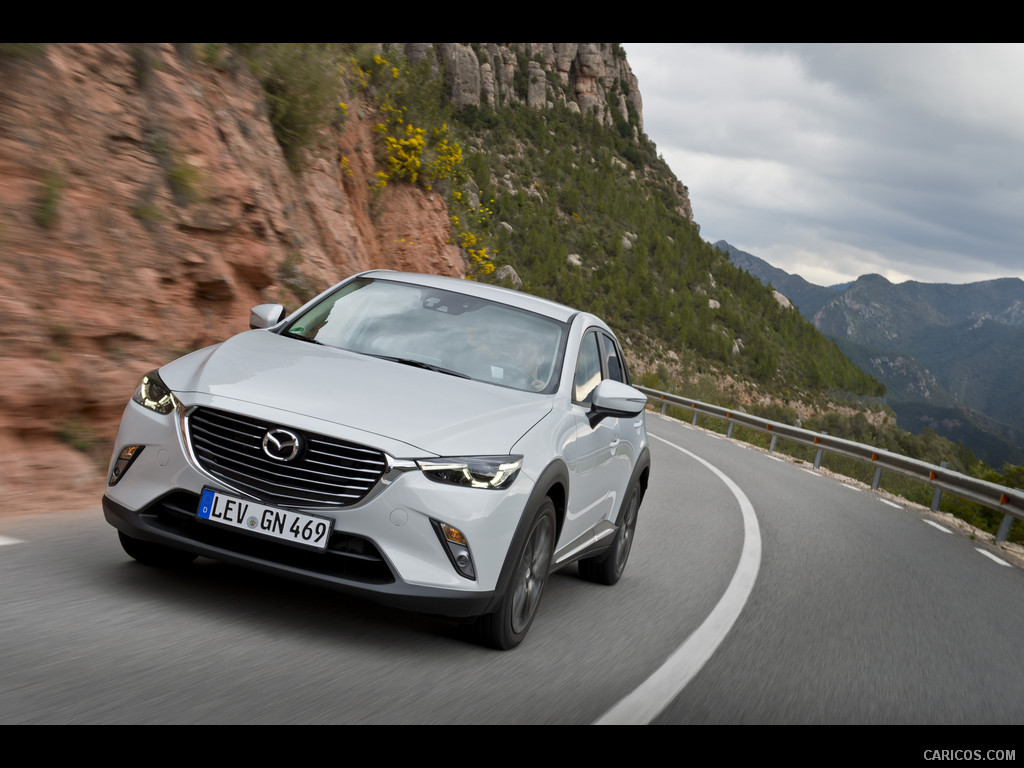 \n
\n
 \n
\n
 \n
\n
 \n
\n
 \n
\n
 \n
\n
 \n
\n
 \n
\n
 \n
\n
 \n
\n
 \n
\n
 \n
\n
 \n
\n
 \n
\n
 \n
\n
 \n
\n
 \n
\n
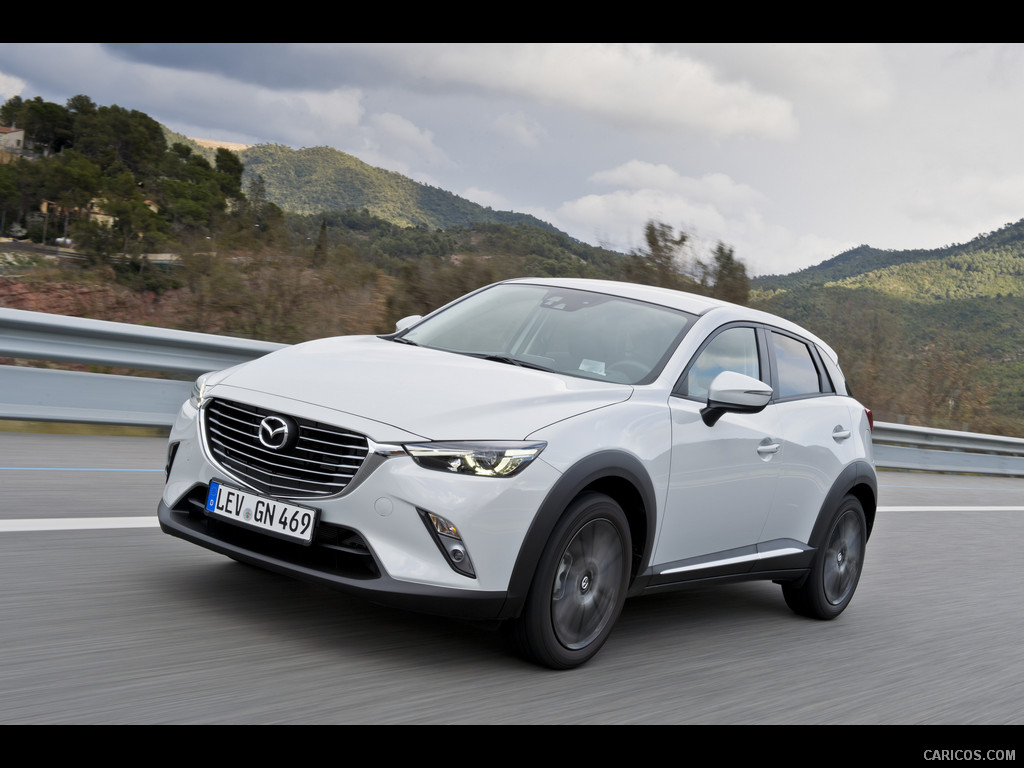 \n
\n
 \n
\n
 \n
\n
 \n
\n
 \n
\n
 \n
\n
 \n
\n
 \n
\n
 \n
\n
 \n
\n
 \n
\n
 \n
\n
 \n
\n
 \n
\n
 \n
\n
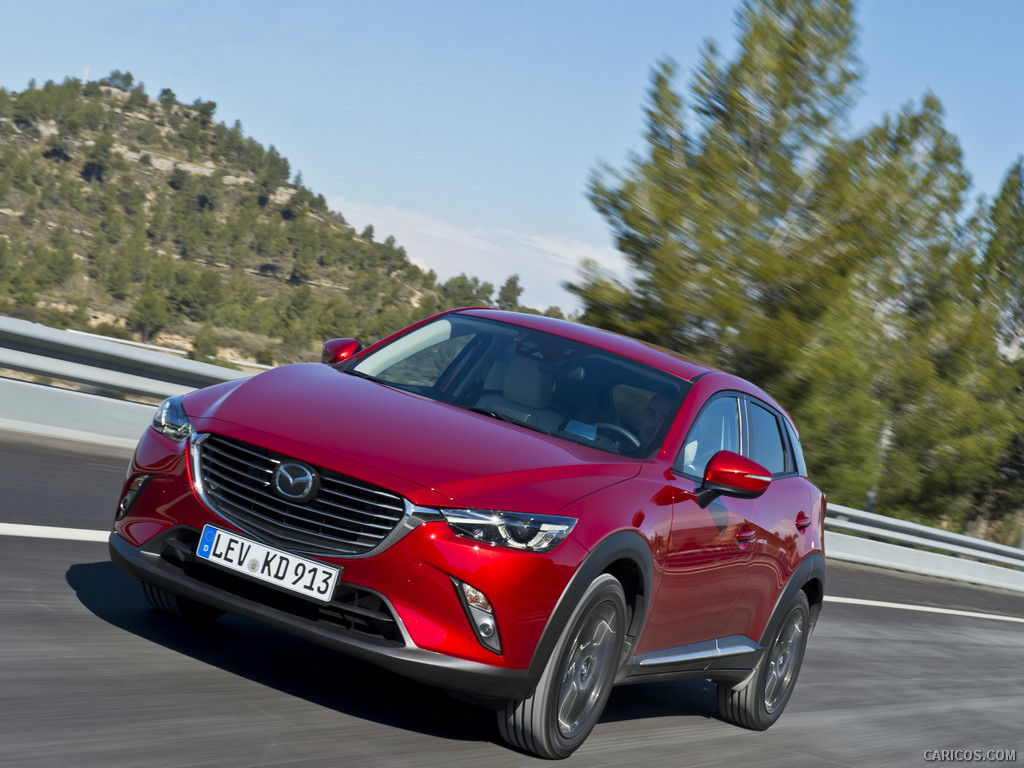 \n
\n
 \n
\n
 \n
\n
 \n
\n
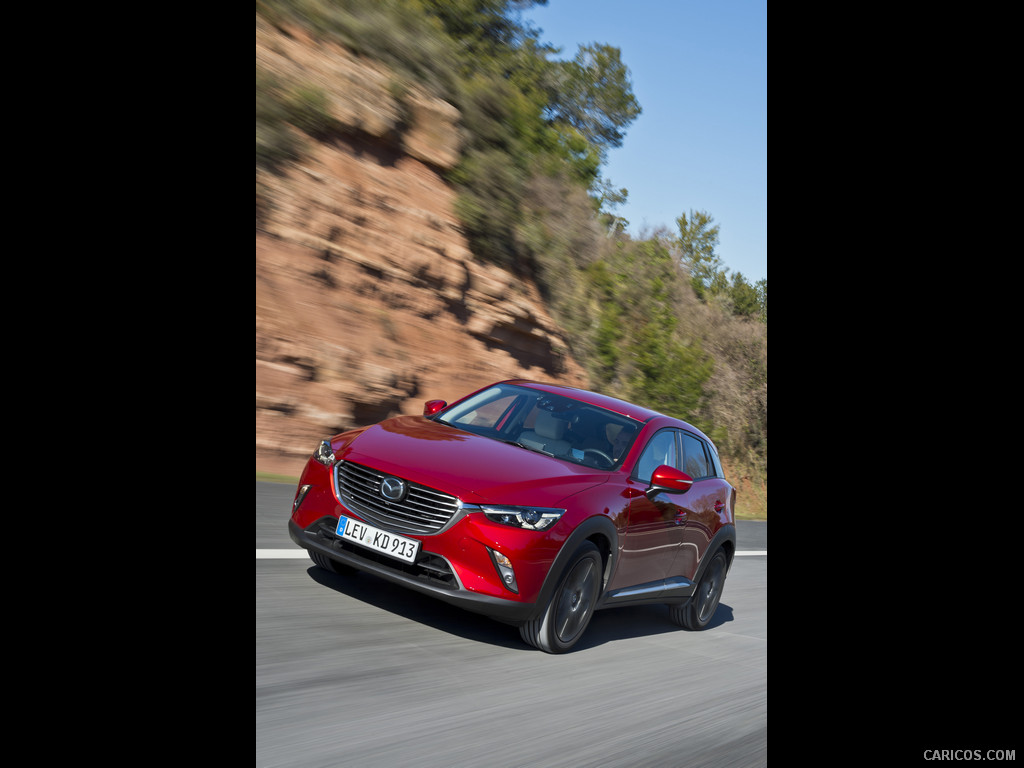 \n
\n
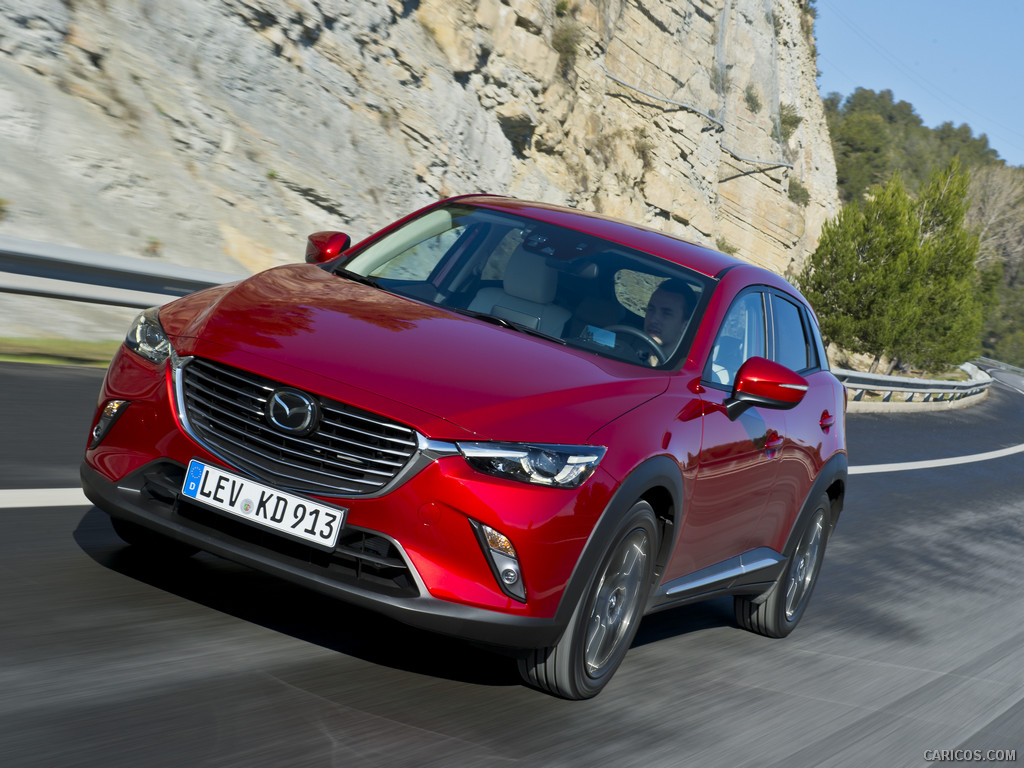 \n
\n
 \n
\n
 \n
\n
 \n
\n
 \n
\n
 \n
\n
 \n
\n
 \n
\n
 \n
\n
 \n
\n
 \n
\n
 \n
\n
 \n
\n
 \n
\n
 \n
\n
 \n
\n
 \n
\n
 \n
\n
 \n
\n
 \n
\n
 \n
\n
 \n
\n
 \n
\n
 \n
\n
 \n
\n
 \n
\n
 \n
\n
 \n
\n
 \n
\n
 \n
\n
 \n
\n
 \n
\n
 \n
\n
 \n
\n
 \n
\n
 \n
\n
 \n
\n
 \n
\n
 \n
\n
 \n
\n
 \n
\n
 \n
\n
 \n
\n
 \n
\n
 \n
\n
 \n
\n
 \n
\n
 \n
\n
 \n
\n
 \n
\n
 \n
\n
 \n
\n
 \n
\n
 \n
\n
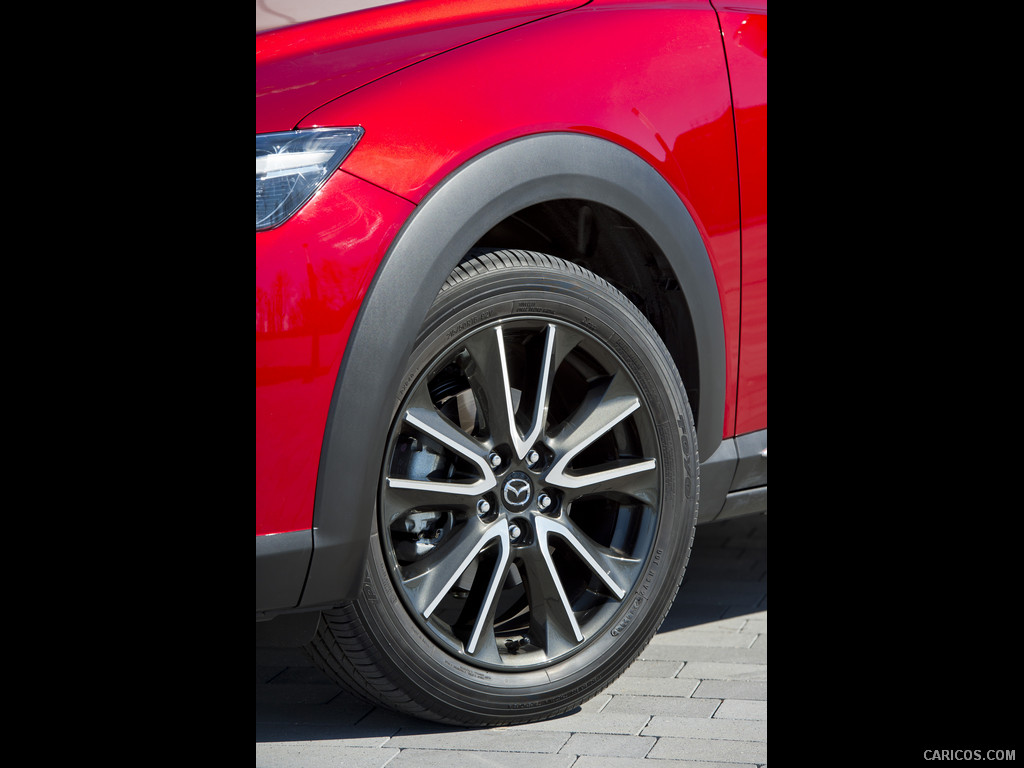 \n
\n
 \n
\n
 \n
\n
 \n
\n
 \n
\n
 \n
\n
 \n
\n
 \n
\n
 \n
\n
 \n
\n
 \n
\n
 \n
\n
 \n
\n
 \n
\n
 \n
\n
 \n
\n
 \n
\n
 \n
\n
 \n
\n
 \n
\n
 \n
\n
 \n
\n
 \n
\n
 \n
\n
 \n
\n
 \n
\n
 \n
\n
 \n
\n
 \n
\n
 \n
\n
 \n
\n
 \n
\n
 \n
\n
 \n
\n
 \n
\n
 \n
\n
 \n
\n
 \n
\n
 \n
\n
 \n
\n
 \n
\n
 \n
\n
 \n
\n
 \n
\n
 \n
\n
 \n
\n
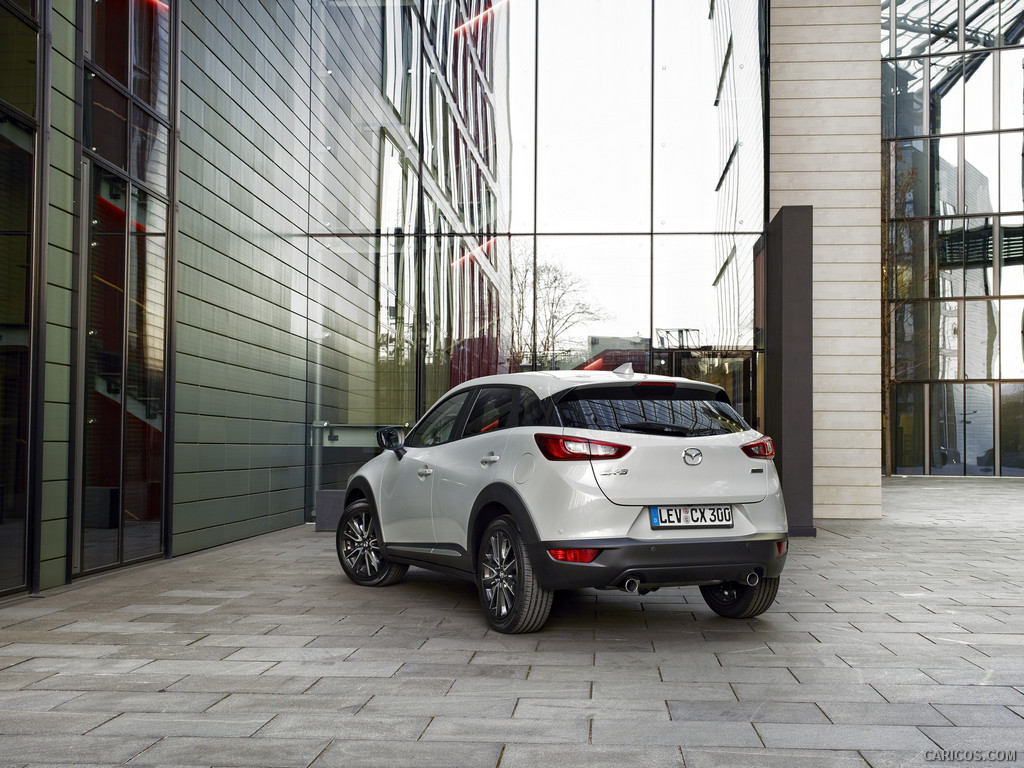 \n
\n
 \n
\n
 \n
\n
 \n
\n
 \n
\n
 \n
\n
 \n
\n
 \n
\n
 \n
\n
 \n
\n
 \n
\n
 \n
\n
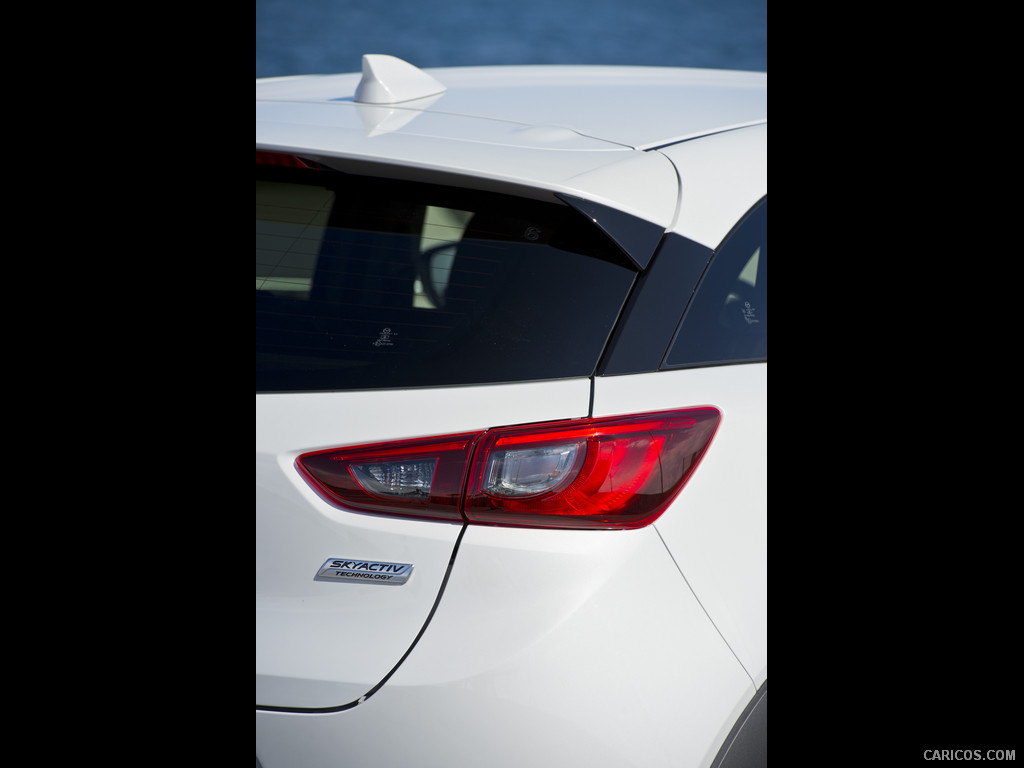 \n
\n
 \n
\n
 \n
\n
 \n
\n
 \n
\n
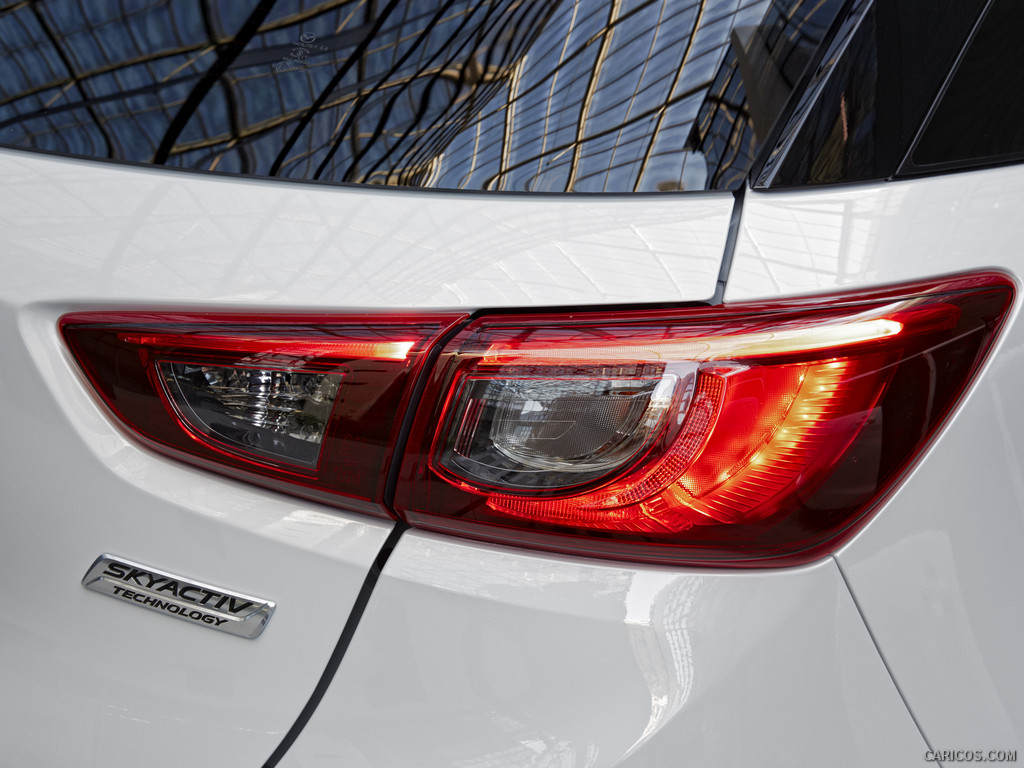 \n
\n
 \n
\n
 \n
\n
 \n
\n
 \n
\n
 \n
\n
 \n
\n
 \n
\n
 \n
\n
 \n
\n
 \n
\n
 \n
\n
 \n
\n
 \n
\n
 \n
\n
 \n
\n
 \n
\n
 \n
\n
 \n
\n
 \n
\n
 \n
\n
 \n
\n
 \n
\n
 \n
\n
 \n
\n
 \n
\n
 \n
\n
 \n
\n
 \n
\n
 \n
\n
 \n
\n
 \n
\n
 \n
\n
 \n
\n
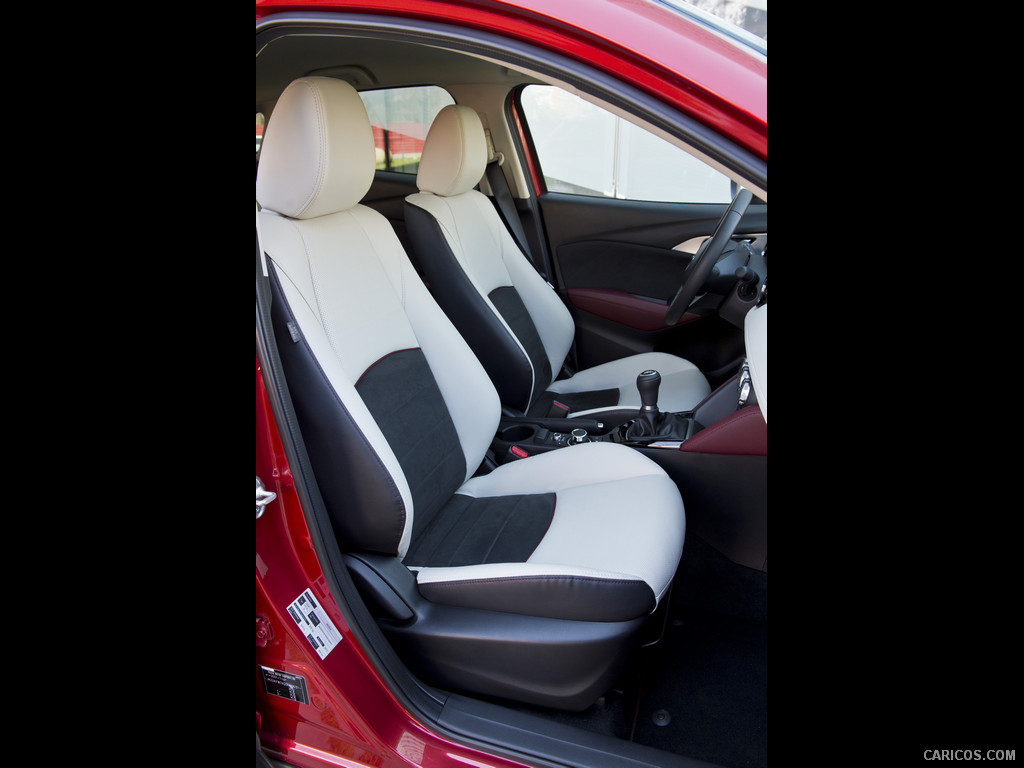 \n
\n
 \n
\n
 \n
\n
 \n
\n
 \n
\n
 \n
\n
 \n
\n
 \n
\n
 \n
\n
 \n
\n
 \n
\n
 \n
\n
 \n
\n
 \n
\n
 \n
\n
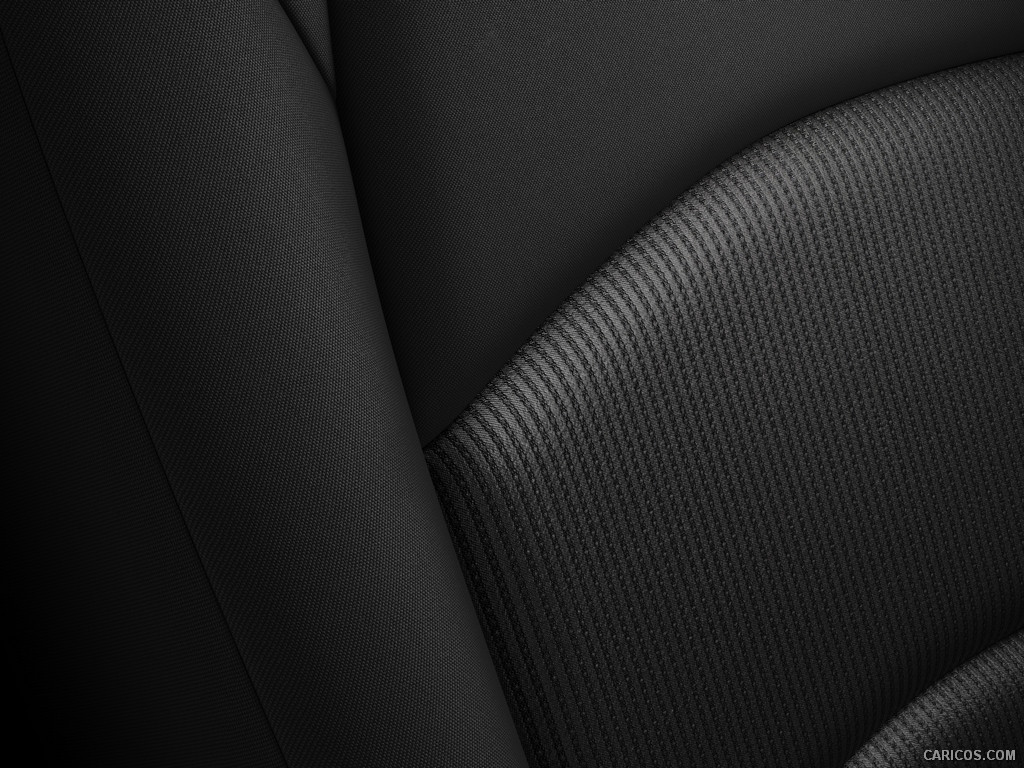 \n
\n
 \n
\n
 \n
\n
 \n
\n
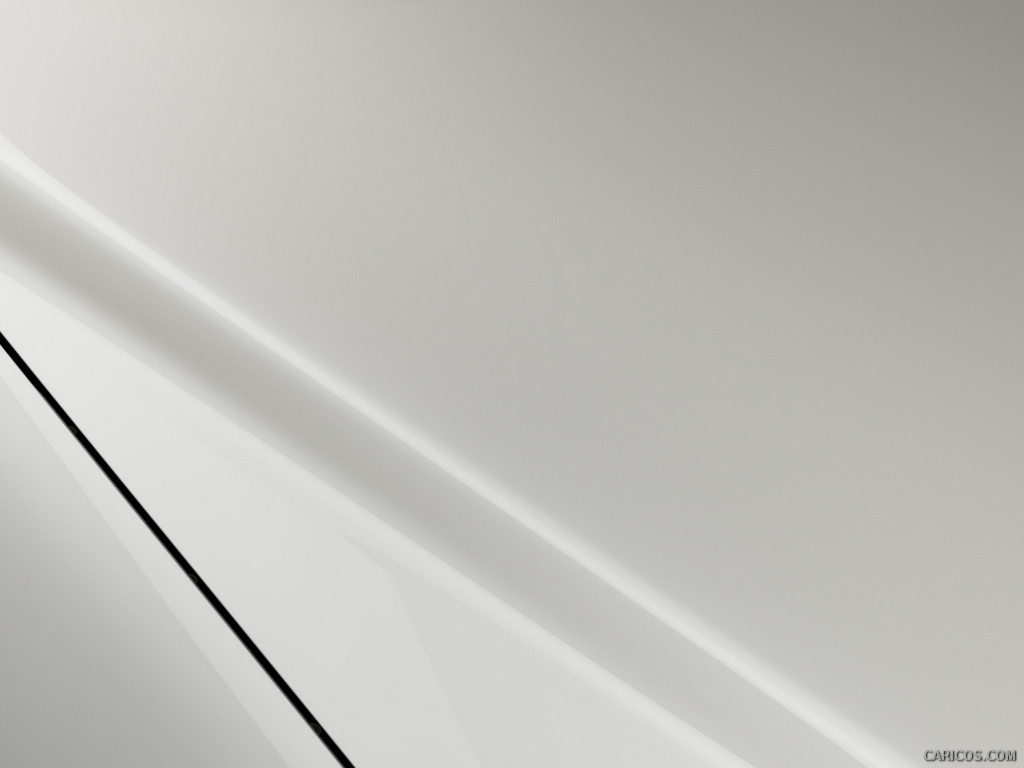 \n
\n
 \n
\n
 \n
\n
 \n
\n
 \n
\n
 \n
\n
 \n
\n
 \n
\n
 \n
\n
 \n
\n
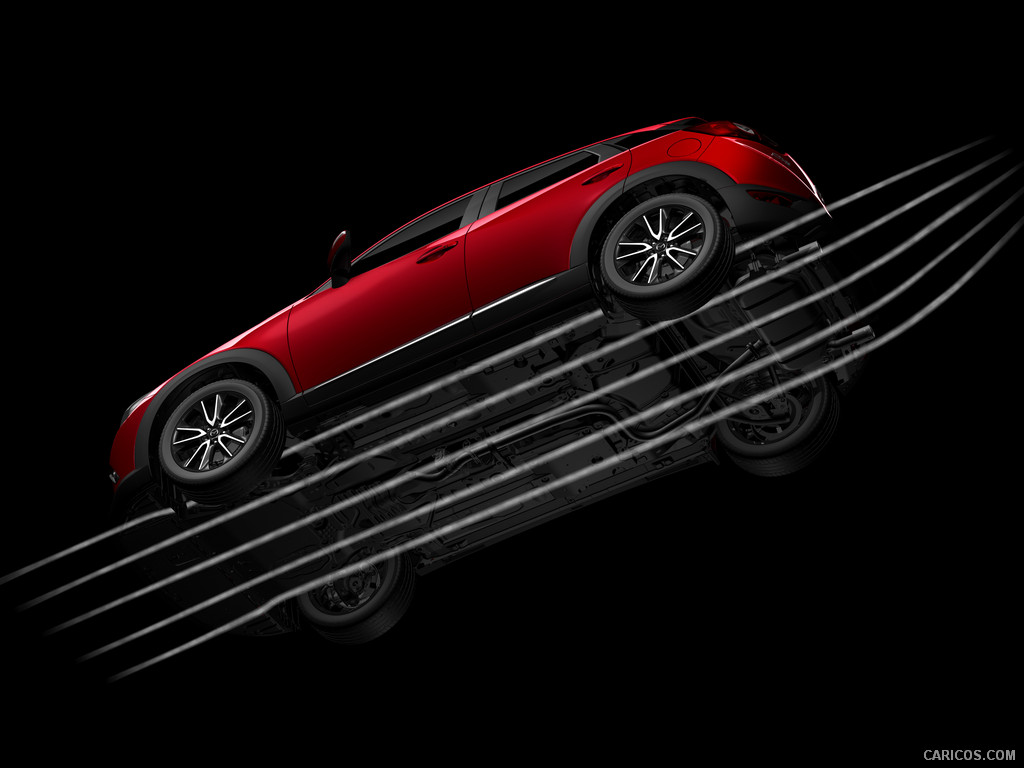 \n
\n
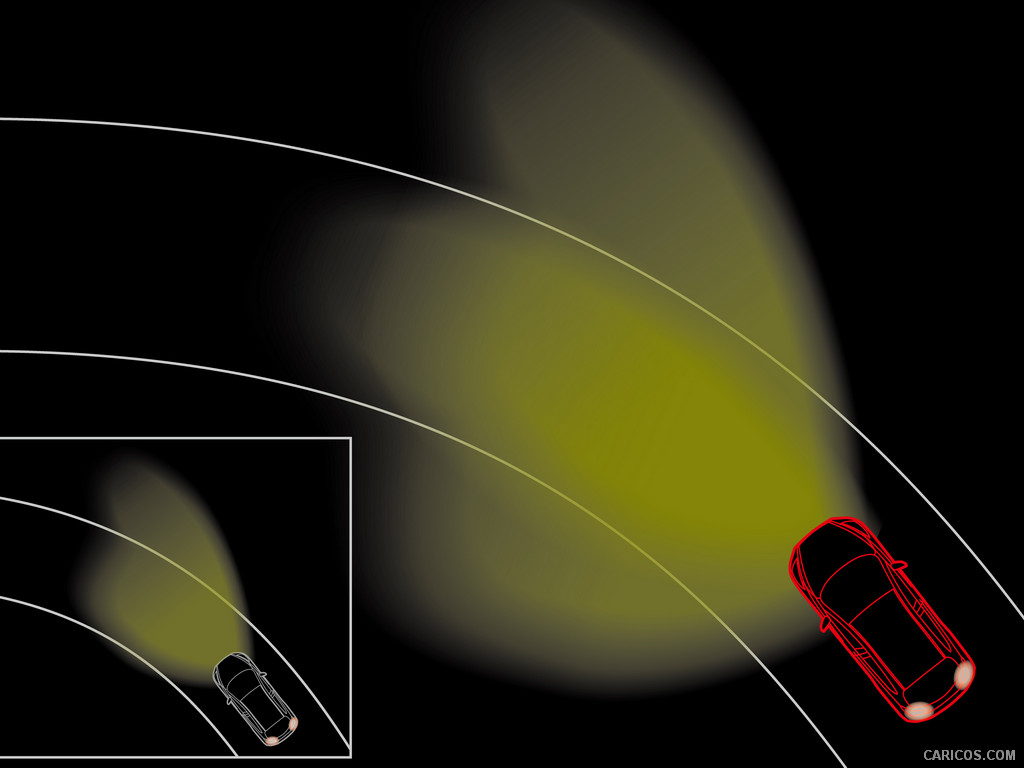 \n
\n
 \n
\n
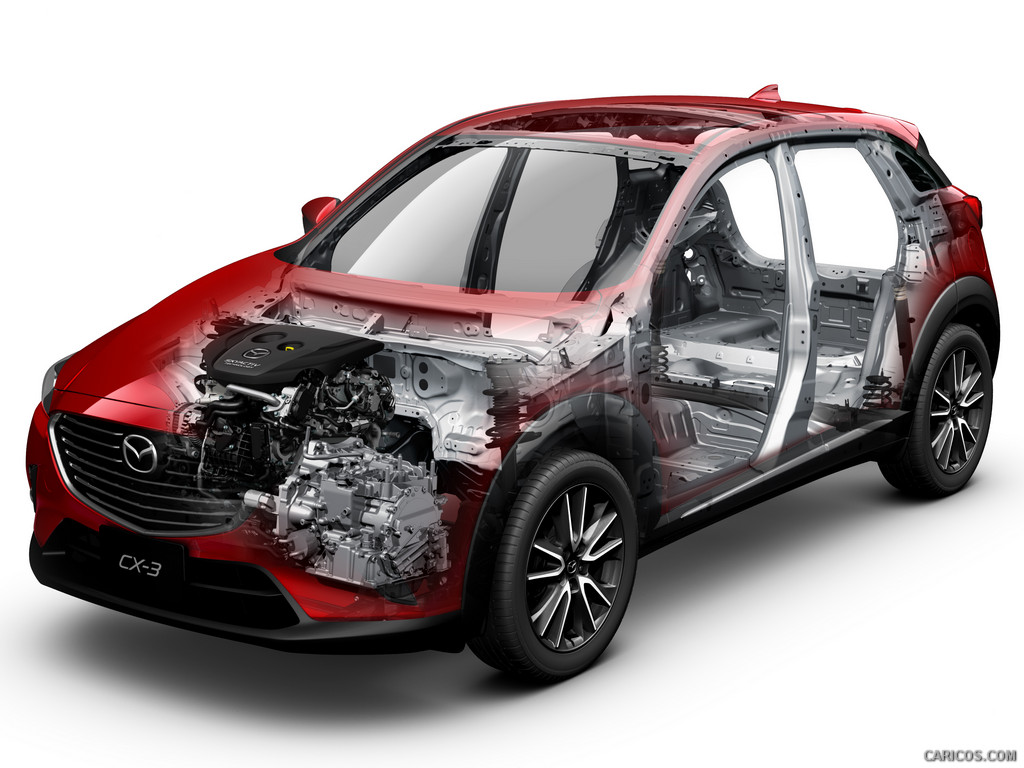 \n
\n
 \n
\n
 \n
\n
 \n
\n
 \n
\n
 \n
\n
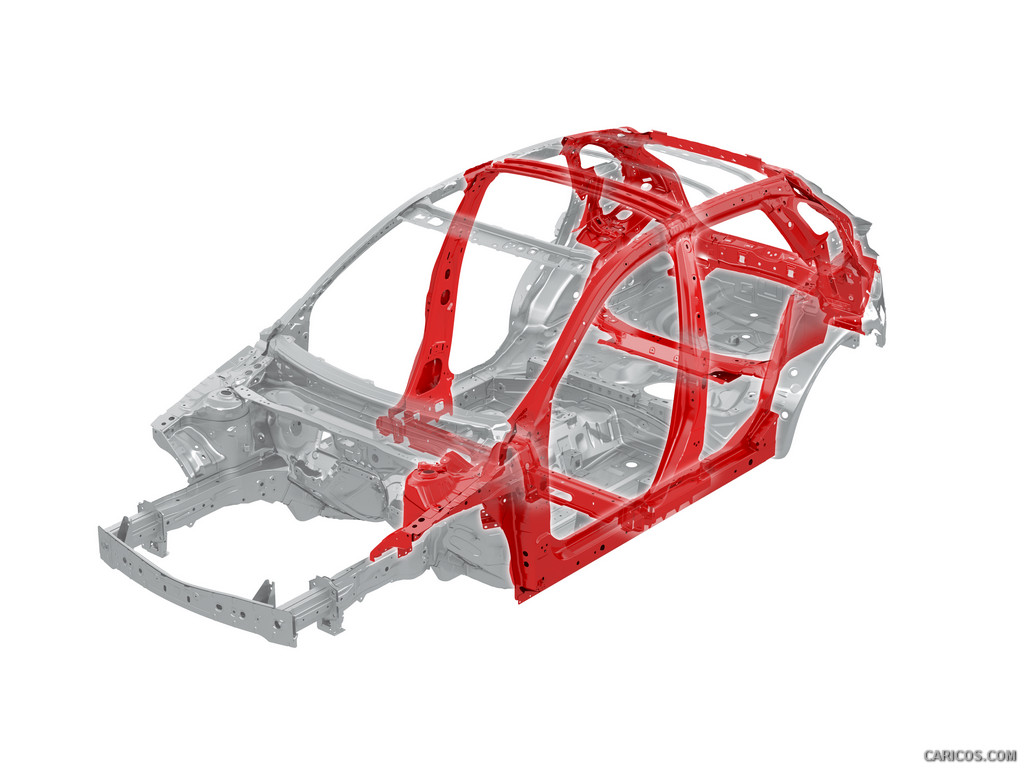 \n
\n
 \n
\n
 \n
\n
 \n
\n
 \n
\n
 \n
\n
 \n
\n
 \n
\n
 \n
\n
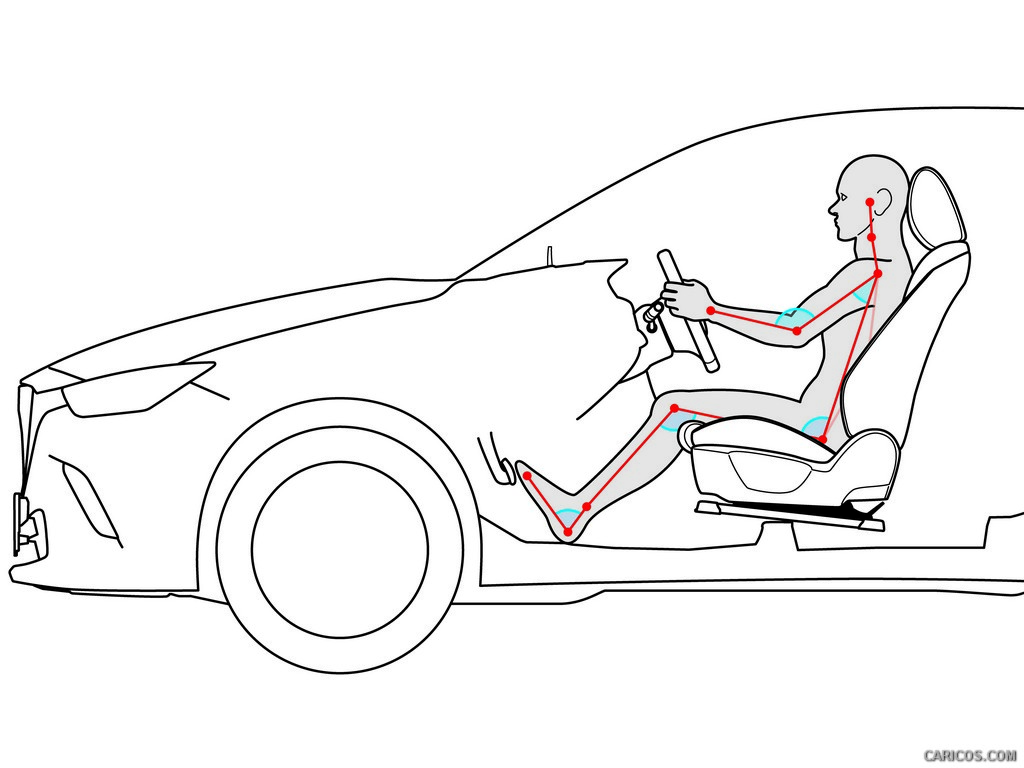 \n
\n
 \n
\n
 \n
\n






